The small borough of Gettysburg is frequently on lists of “must-see” attractions in America and for good reason. Site of one of the largest and most important battles of the Civil War, Gettysburg, Pennsylvania, draws many visitors each year who come to learn about this important part of American history.
However, while visitors spend time learning about the effects of the battle on the history of America and the soldiers who fought in it, little is told about the 2,400 residents of Gettysburg who had their peaceful town turned into a battlefield, hospital, and finally, graveyard.
That’s where the Shriver House comes in. Looking to fill this gap, the Shriver House tells the story of Gettysburg’s civilian population through the tale of one family.
Purchased in 1860, just a year before the Civil War would break out, the Shriver House was located on Baltimore Street, close to the town center of Gettysburg. Hoping to build a future for his wife, Hettie, and his young daughters, George Shriver got to work on a saloon and bowling alley in the basement of the house. However, just a few short months after he opened for business, George volunteered to fight for the North in the Civil War and left home.
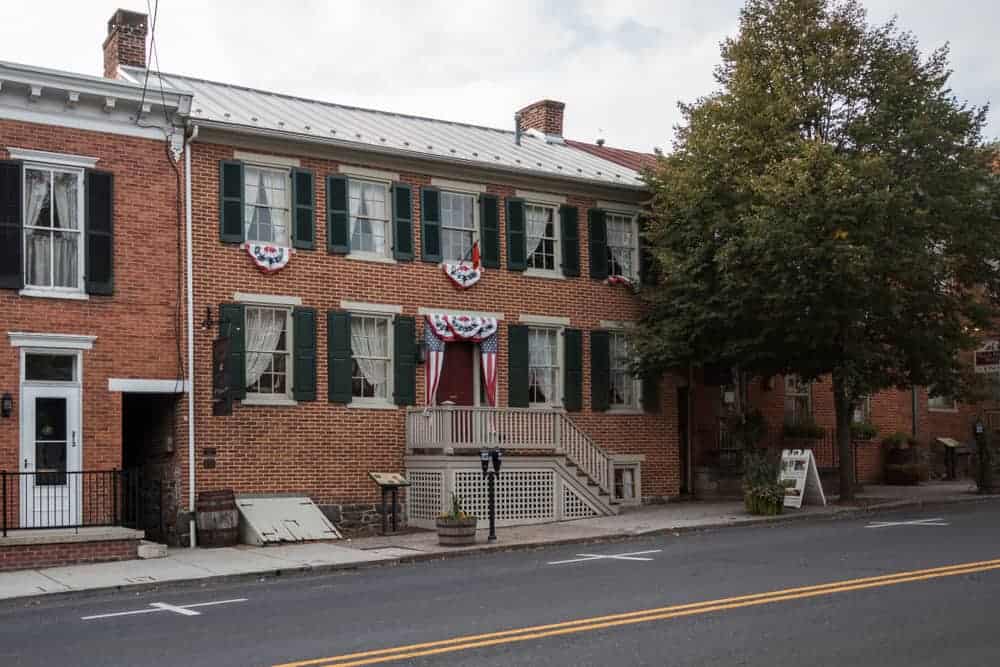
Nearly two years after leaving his home in Gettysburg, the war came to the Shriver’s doorstep.
With rumors of a battle brewing close to town, Hettie and her children left their home in town and went to her parents’ home several miles outside of Gettysburg.
As fate would have it though, Hattie had moved her children directly into the line of fire as her parents’ house was located close to the base of Little Round Top, one of the main focal points of fighting during the battle.
Fortunately, Hettie Shriver and her children survived the fighting, but their lives were changed forever. When they returned to their home on Baltimore Street after the battle, they discovered that it was being used as a hospital for wounded troops. Even worse, it had been used as a Confederate sharpshooter’s nest during the battle and had been ransacked for goods by fleeing troops.
Fast forward 150 years, and the Shriver House has been set up as a museum dedicated to tell the story of the Shrivers. Tours of the Shriver House are conducted by guides in period costumes. Even better, the home is decorated to appear as it may have looked in July 1863 which really adds a lot to the experience.
For me, the highlight was the attic space, which was set up to resemble what it would have looked like as a Confederate sharpshooter’s nest during the battle. From their position in the home’s attic, the soldiers would have had a great view of the battle along Baltimore Street and the Union soldiers on Cemetery Ridge.
However, as good as the location was, that didn’t stop two Confederate soldiers from losing their lives in the attic. To confirm this story, the Shriver House brought in modern forensic experts who confirmed the presence of two large pools of blood that still stains the floorboards.
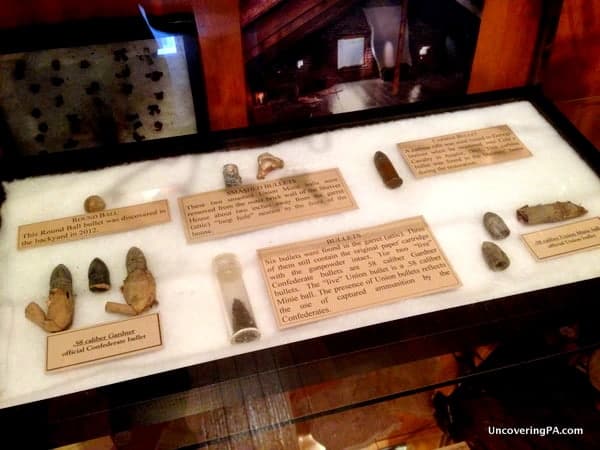
Another highlight is the basement which has been broken into two parts. The first section you come to is set up as a makeshift battlefield hospital to tell about the home’s role after the battle. The other area of the basement is set up to resemble what the Shriver’s saloon and bowling alley might have looked like.
I was really impressed with my visit to the Shriver House. Even though it may tell the story of one family, it’s likely that the Shrivers really weren’t that different from many of the town’s other residents.
While the Gettysburg Battlefield Museum and the Seminary Ridge Museum might give you a great wealth of information about the battle and soldiers, the Shriver House, along with the Jennie Wade House and the Gettysburg Heritage Center, is one of the few places that will teach you about the effects of the battle on the town of Gettysburg and its citizens.
Note: My visit to the Shriver House Museum was hosted by the facility. However, the opinions expressed are my own.

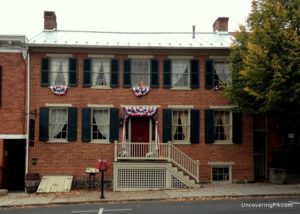
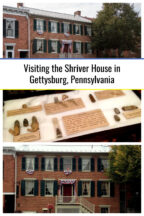

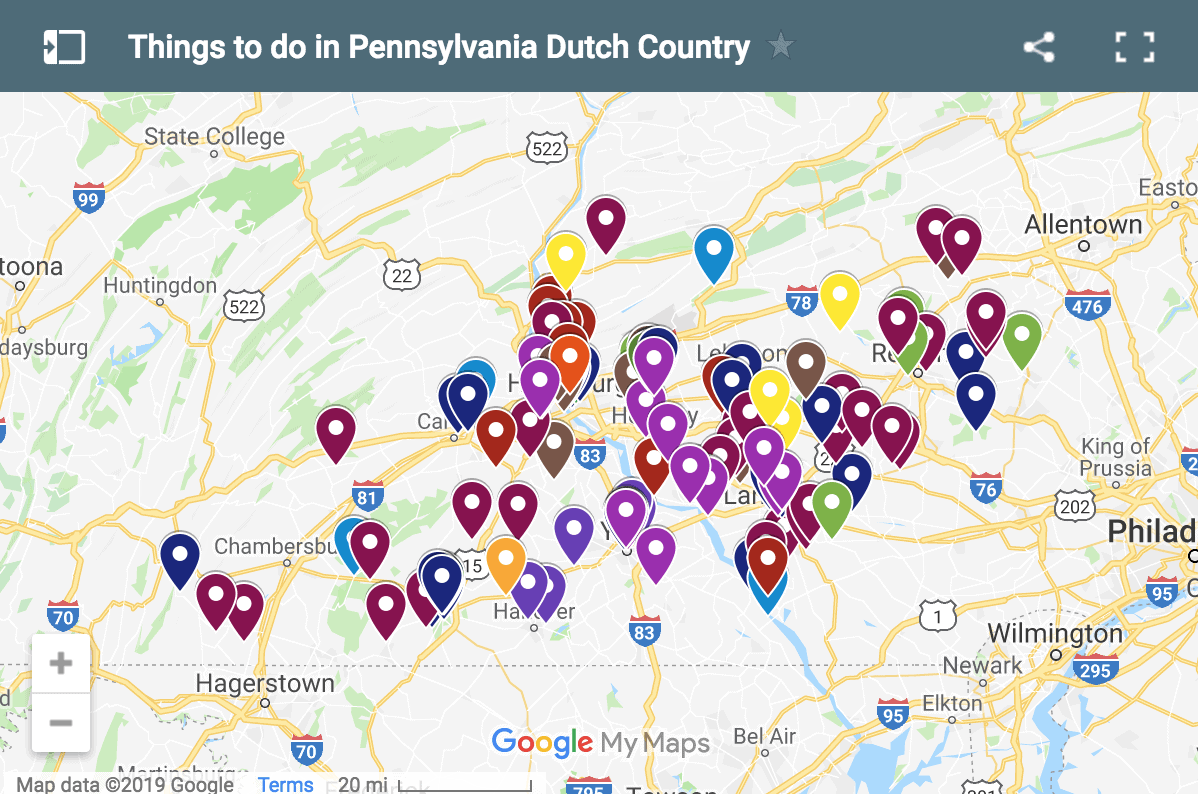 "
"
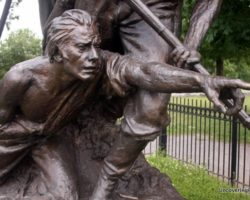



This sounds like a fascinating little find Jim. It is great to get the bigger picture on historical events and not just the main attraction so to speak.
If there are lots of little hideaway historical spots like this I would have a great time visiting the area.